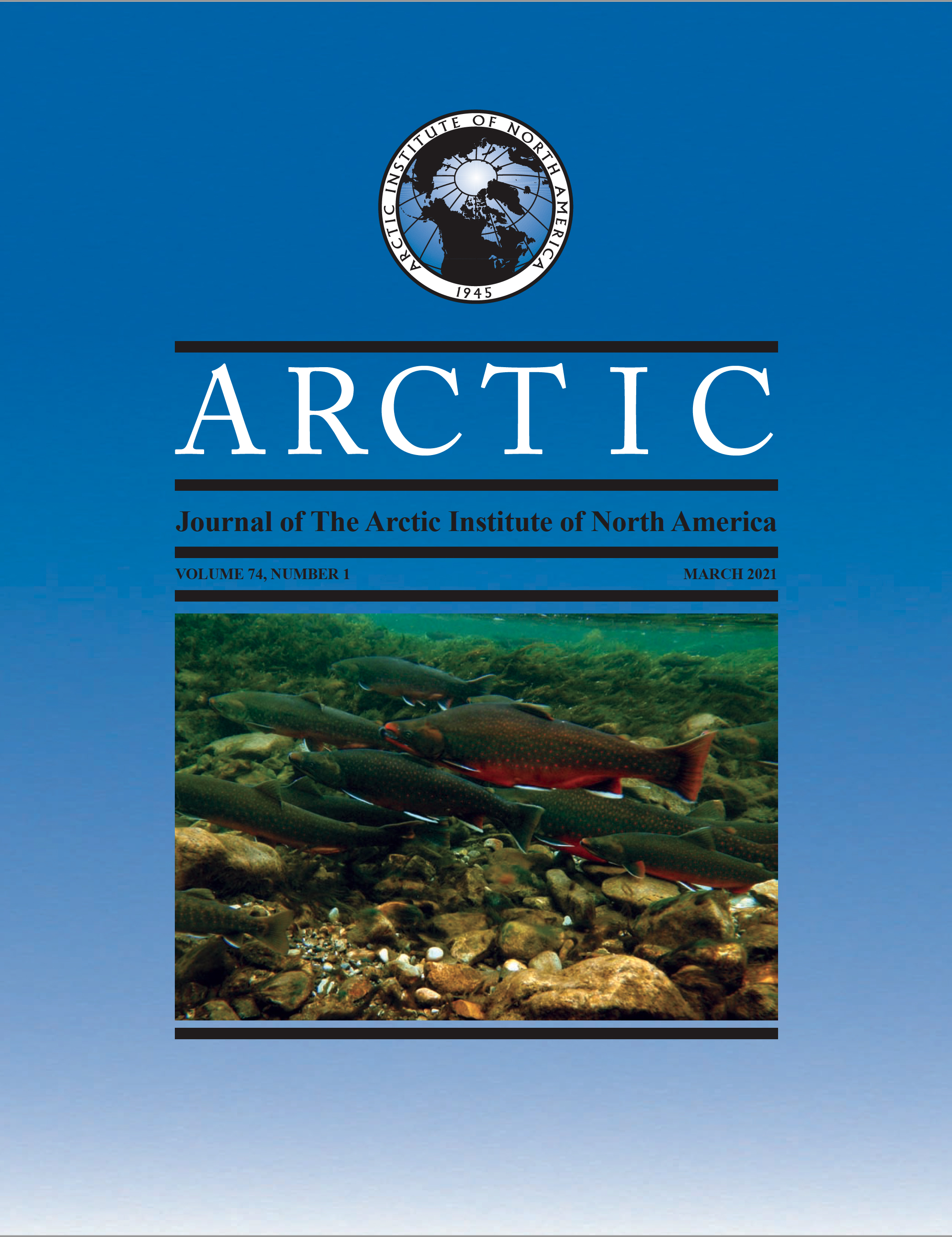Hydrological Analysis of Municipal Source Water Availability in the Canadian Arctic Territory of Nunavut
DOI :
https://doi.org/10.14430/arctic72137Mots-clés :
évaluation des ressources en eau; changement climatique; Arctique; gestion de l’eau; sécurité de l’eau; hydrologie de l’Arctique; vulnérabilité de l’eau potableRésumé
Dans l’Arctique canadien, la disponibilité d’approvisionnements durables en eau potable est menacée par diverses contraintes, comme la croissance des populations, le changement climatique et l’éloignement géographique des collectivités. Cette étude avait pour but d’effectuer l’évaluation préalable de la vulnérabilité des approvisionnements municipaux en eau potable dans le territoire canadien du Nunavut, en tenant compte du changement climatique, de la croissance de la population et des changements en matière d’infrastructures. Une analyse hydrologique des principaux bassins versants d’alimentation en eau potable a été réalisée afin d’évaluer le degré de vulnérabilité relative de 24 collectivités du Nunavut. Nous avons utilisé un modèle du bilan hydraulique pour prévoir l’apport annuel en eau de chaque bassin versant en recourant à des données climatiques historiques et projetées. Selon nos projections, environ 25 % des collectivités étudiées devraient connaître une grande vulnérabilité en matière de pénurie d’eau d’ici 2070, ce qui est défini comme utilisant plus de 40 % de l’eau provenant de leur propre bassin versant annuellement. Un degré de vulnérabilité moyen (utilisant de 20 % à 40 % de l’eau utile annuellement) a été déterminé pour 8 % des collectivités étudiées, tandis qu’un degré de vulnérabilité modéré a été déterminé pour 12 % des collectivités (utilisant 10 % à 20 % de l’eau utile annuellement). Un faible degré de vulnérabilité jusqu’en 2070 (utilisant moins de 10 % de l’eau utile annuellement) a été déterminé pour 55 % des collectivités. Le degré de vulnérabilité était principalement influencé par la taille du bassin versant à la source. Les résultats de cette étude pourraient faire partie d’une stratégie proactive pour aider à rectifier les enjeux en matière de sécurité de l’eau au Nunavut.



